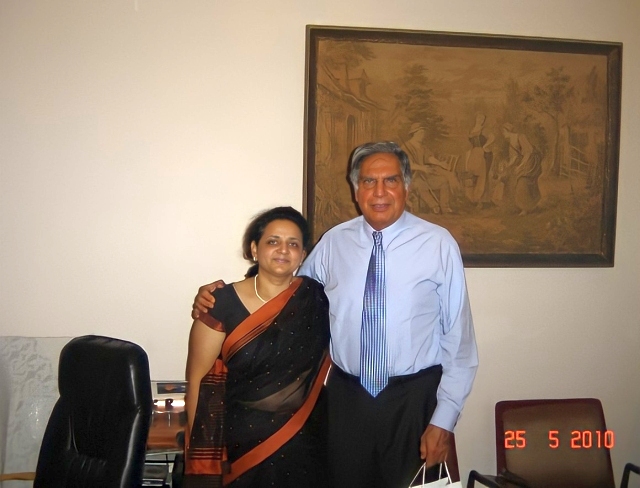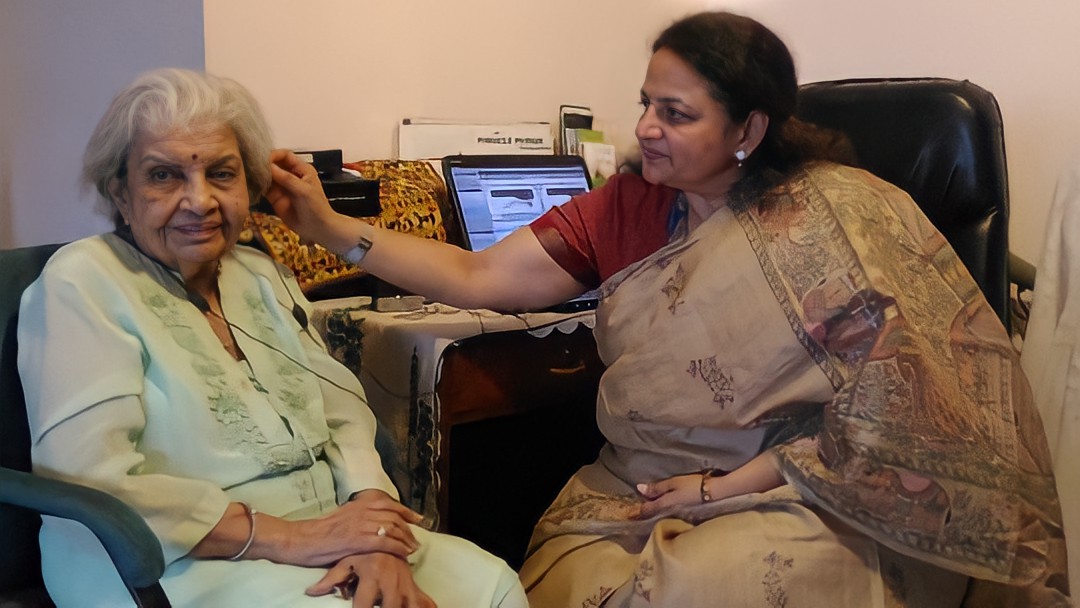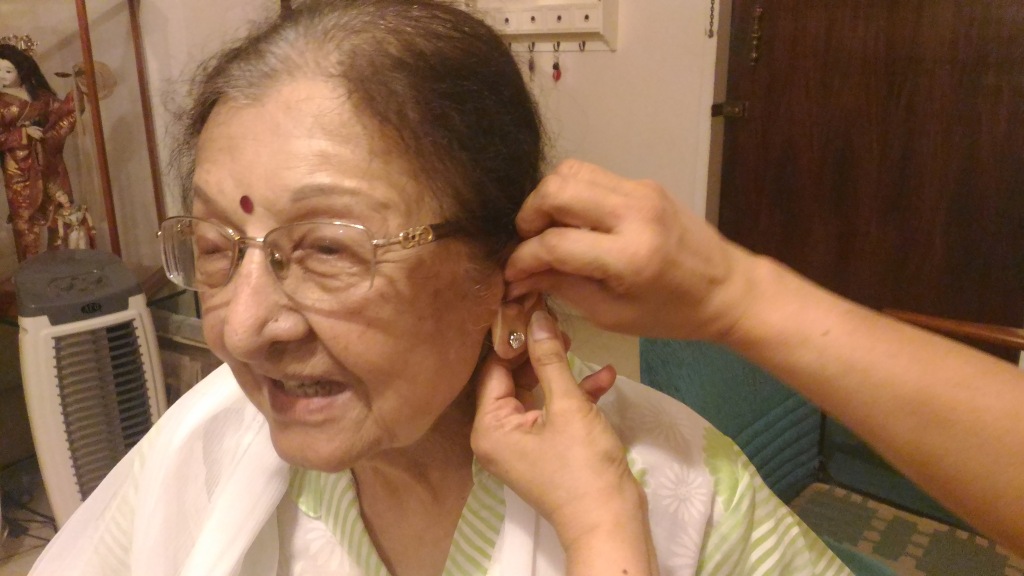
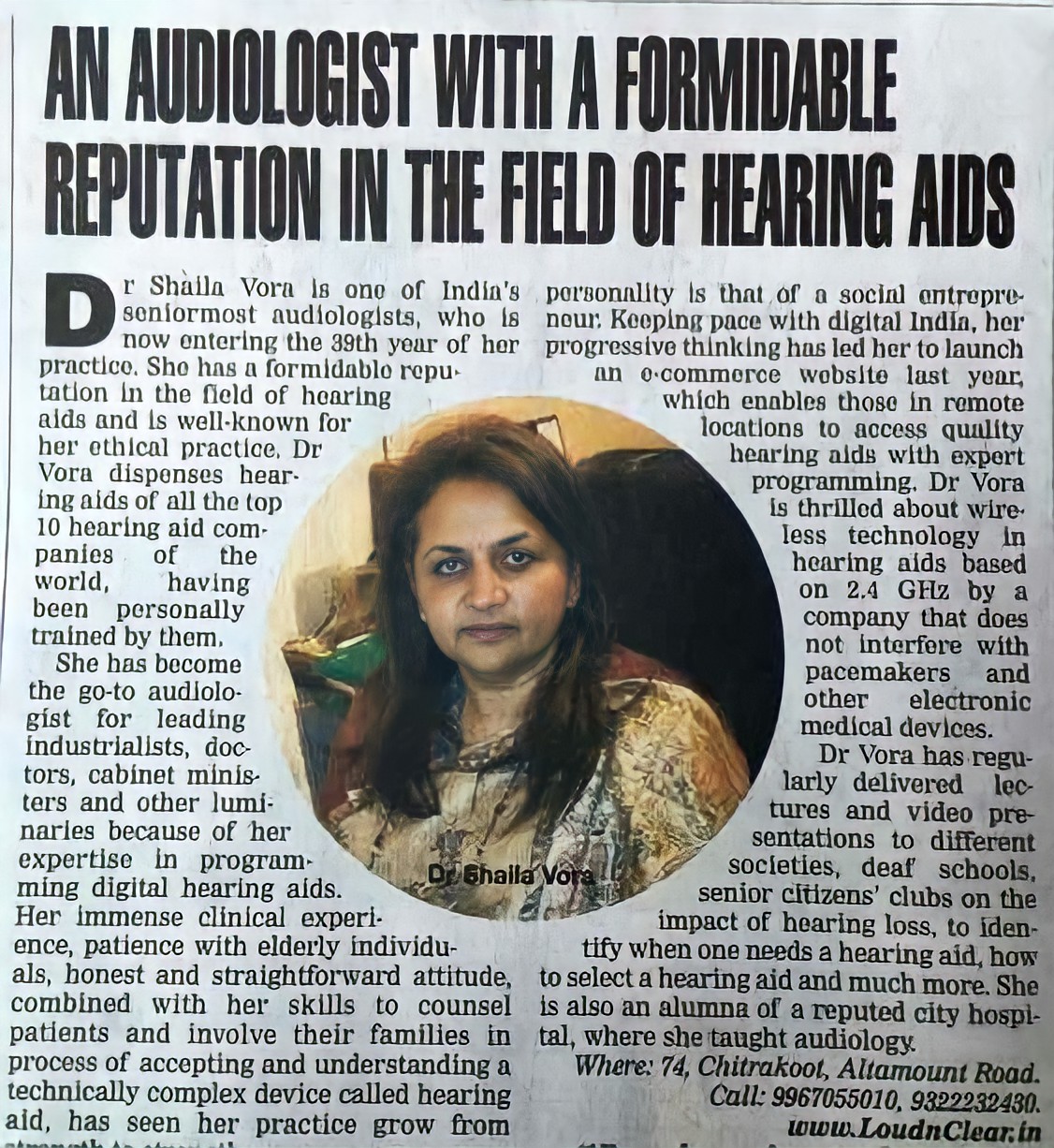
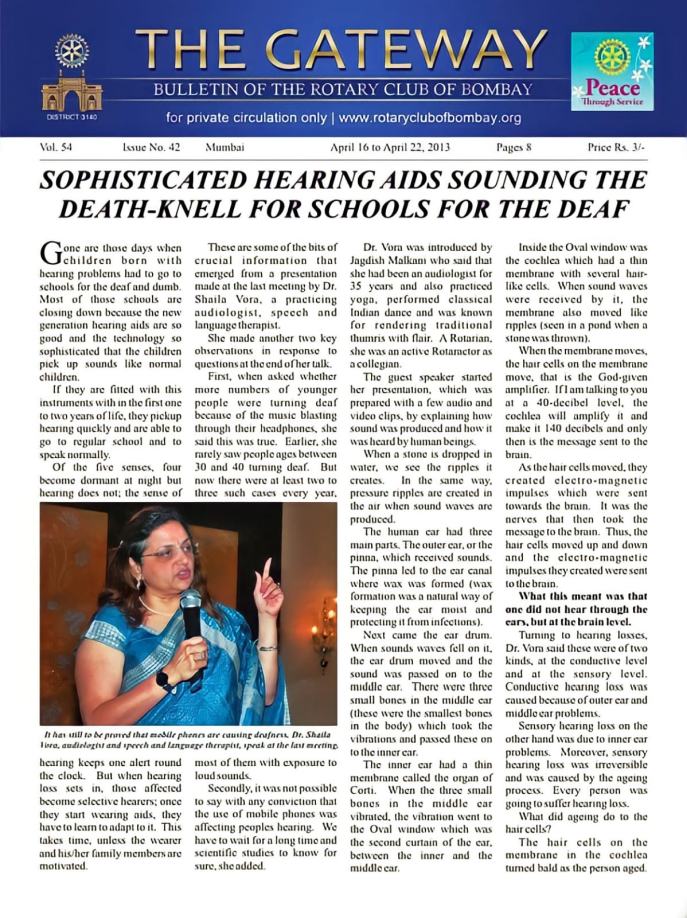
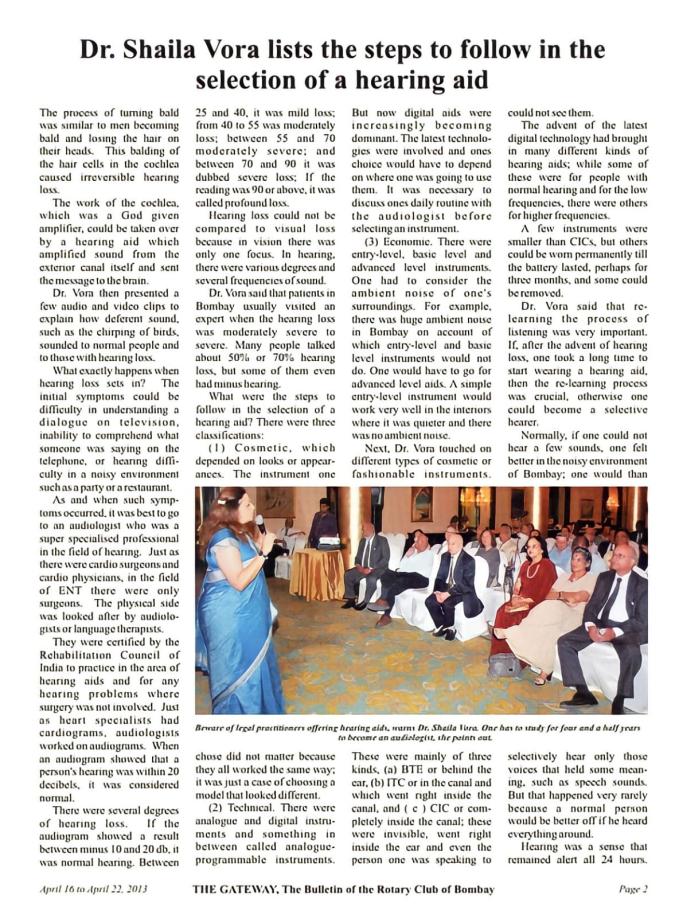

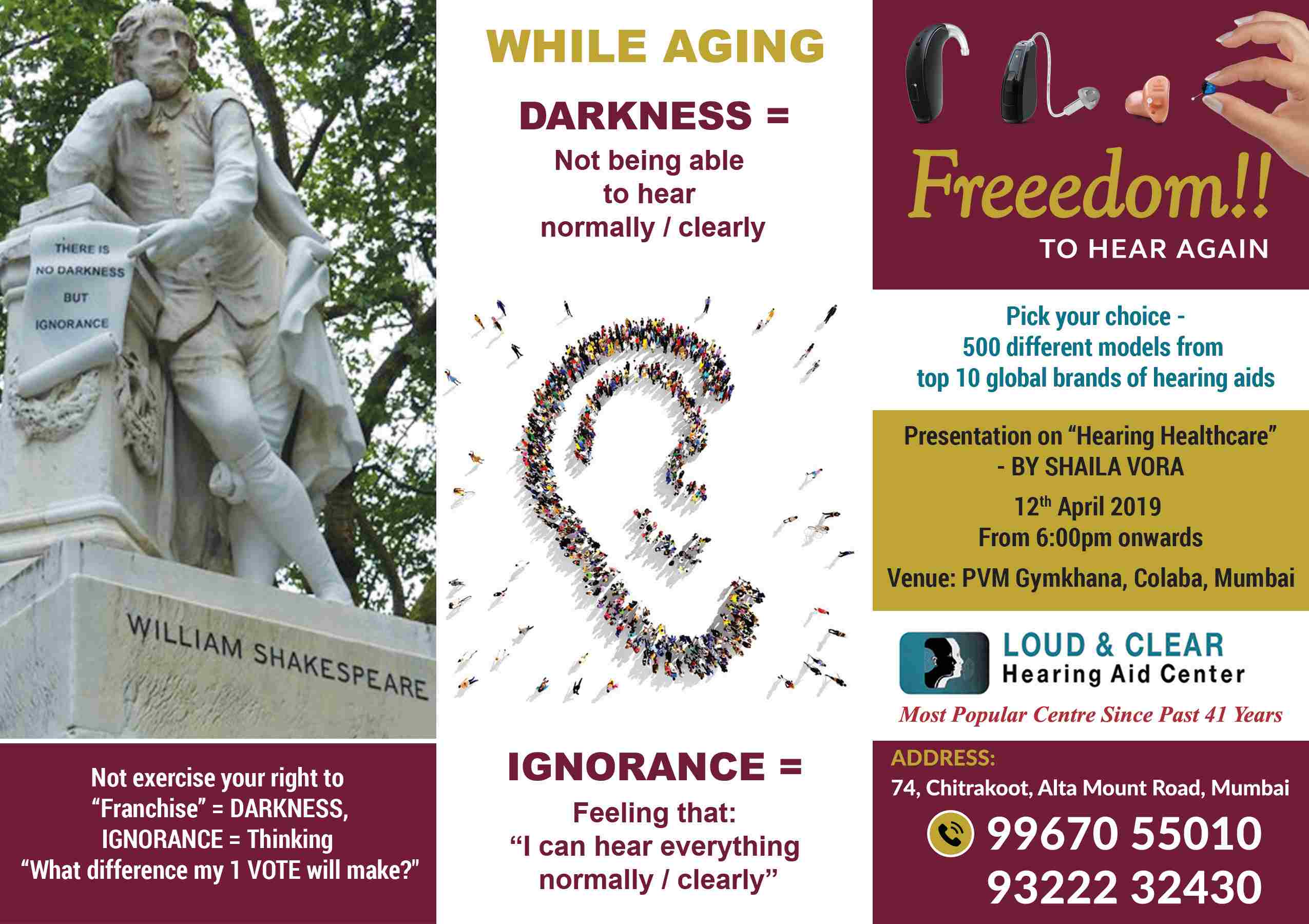
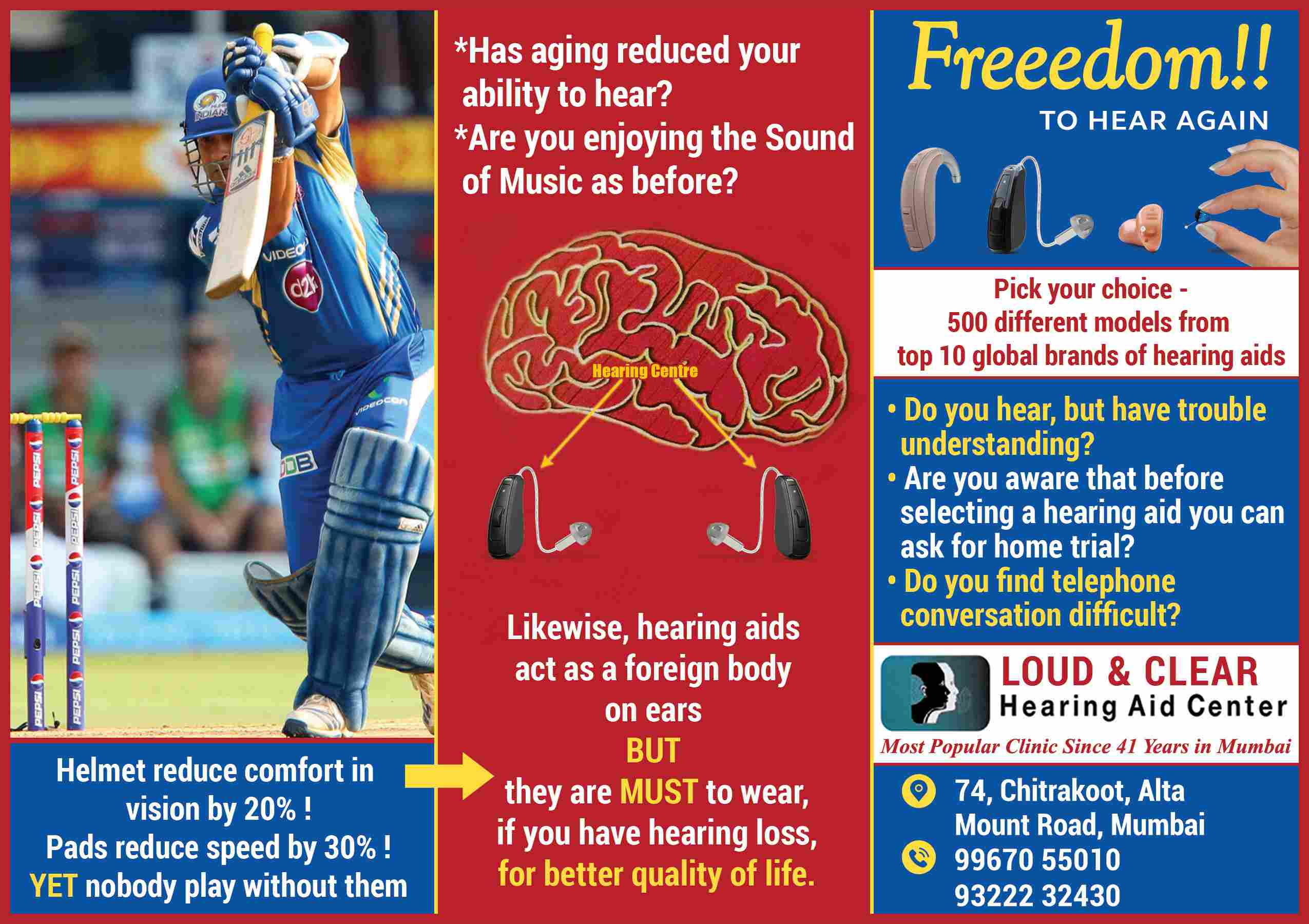
Getting to know your hearing problem :
Sound plays an important role in bringing about the communication and environmental information.
Hearing loss can be of two types:
-
Present since the time of birth
-
The way you develop Myopia at the age of 42 and need spectacles, Hearing Loss is also an ageing process.
Millions of people worldwide are faced with hearing problem, but only a minority of them wear hearing aids. Hearing loss is not just an age related problem but affects people of all ages, including children.
Some people may have great difficulty in hearing within a specific and narrow frequency region. This may result in a ‘discrimination loss’; whereby one can hear speech but not understand speech.
Psychological Consequences of hearing loss:
-
Man is a social animal as Man is able to communicate through language.
-
Hearing brings us language
-
Research has indicated that those who cannot hear start developing many social and psychological problems such as
a) Simple doubtful nature that others are talking about them.
b) Feeling of being old and discarded amongst family members.
c) Withdrawal from social environment or feeling of being lonesome in parties/ gatherings.
d) Some people can develop emotional or social difficulties due to their hearing loss. The inability to understand what is being said can lead to isolation, loneliness or depression. The psychological problems can rise from simple daily misunderstandings to depression etc.
e) Some people with a hearing loss struggle with a feeling of embarrassment if they misunderstand what is being said, or respond inappropriately.
f) People with hearing difficulties often spend a great deal of their energy just in concentrating on listening, which can lead to tiredness and stress. So it is important that others are equally understanding.
-
If not detected and treated in time, hearing loss in a child can have a very adverse effect on the child’s language development and learning ability.
-
Conductive hearing loss can be helped, at times through surgical or medical treatment.
-
In most cases, however, especially sensorineural hearing loss, hearing aids are the only means of helping hearing loss.
-
While hearing aids may not restore normal hearing they can improve hearing ability in all situations significantly – allowing for a better life.
Lack of Verbal Language Stimulation Leads to Loss of Communicative Abilities:
Lockdowns hurt child speech and language skills
There is growing evidence that the past year of lockdowns has had an impact on young children’s language skills, according to research.
Data from 50,000 pupils and a survey of schools across England have shown an increased number of four- and five-year-old’s needing help with language.
Evidence shows poor speech development can have long-term effects on learning.
The government says it is investing £18m in early-years catch-up, including extra help for those in Reception year.
The Education Endowment Foundation (EEF) research suggests the measures taken to combat the pandemic have deprived the youngest children of social contact and experiences essential for increasing vocabulary.
Less or no contact with grandparents, social distancing, no play dates, and the wearing of face coverings in public have left children less exposed to conversations and everyday experiences.
Of 58 primary schools surveyed across England:
76% said pupils starting school in September 2020 needed more support with communication than in previous years, 96% they were concerned about pupils’ speech-and-language development and 56% of parents were concerned about their child starting at school following the lockdown in the spring and summer.
http://bbc.com/news/education-56889035
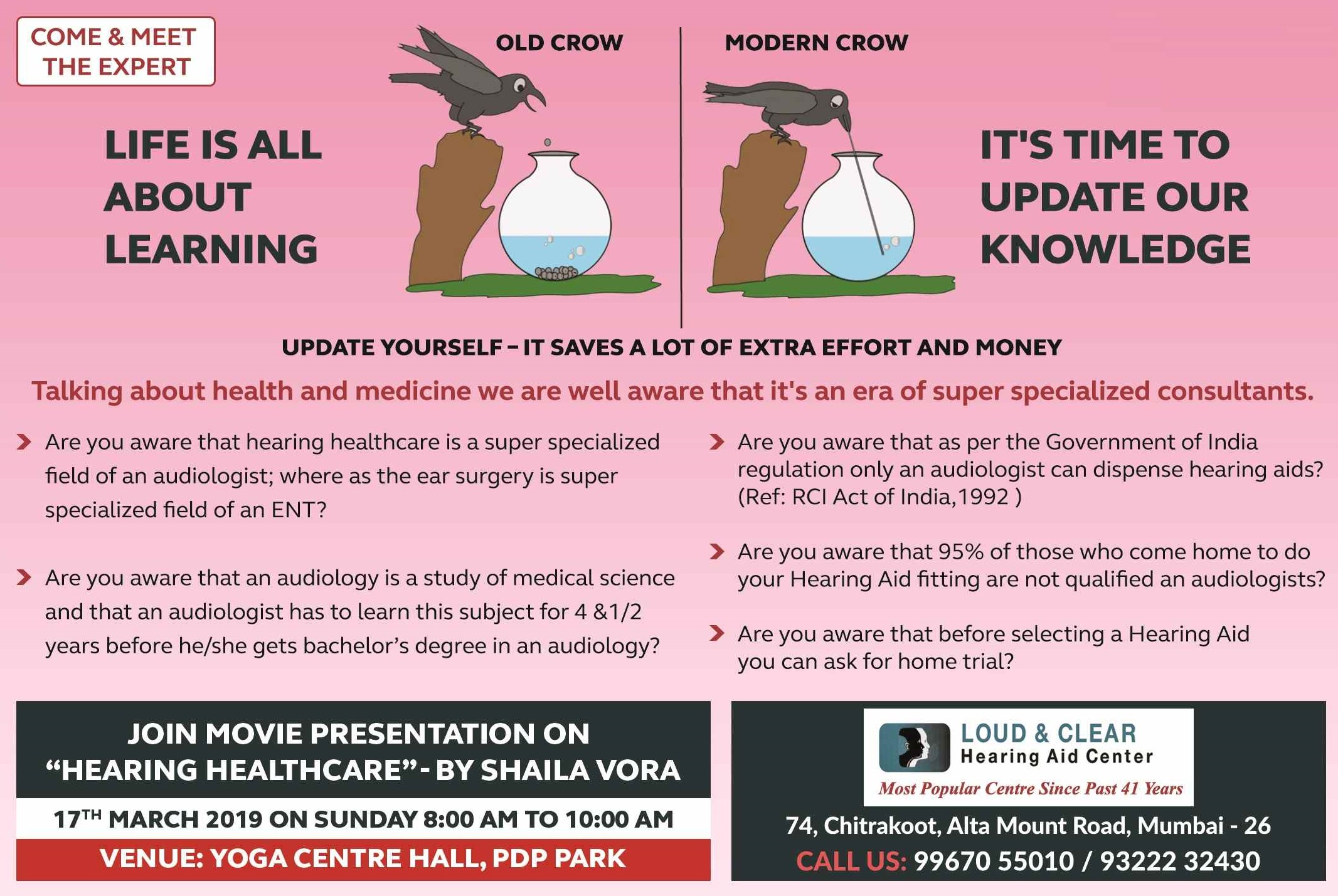

Hearing Test
Let us take our hearing health survey and start your journey to better hearing
We believe in setting digital hearing aid programming based on the Hearing Test done in natural environment
Take Survey
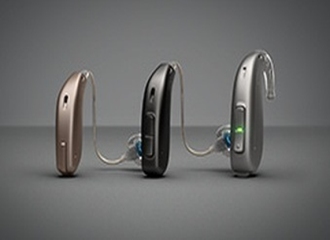
Guide To Hearing Aid
Selection of Hearing Aid is complex so let us make decision with professional counselling
Choose

Contact Us
Find out what Audiologist Smt. Shaila Vora can do to treat your hearing loss
Get in Touch
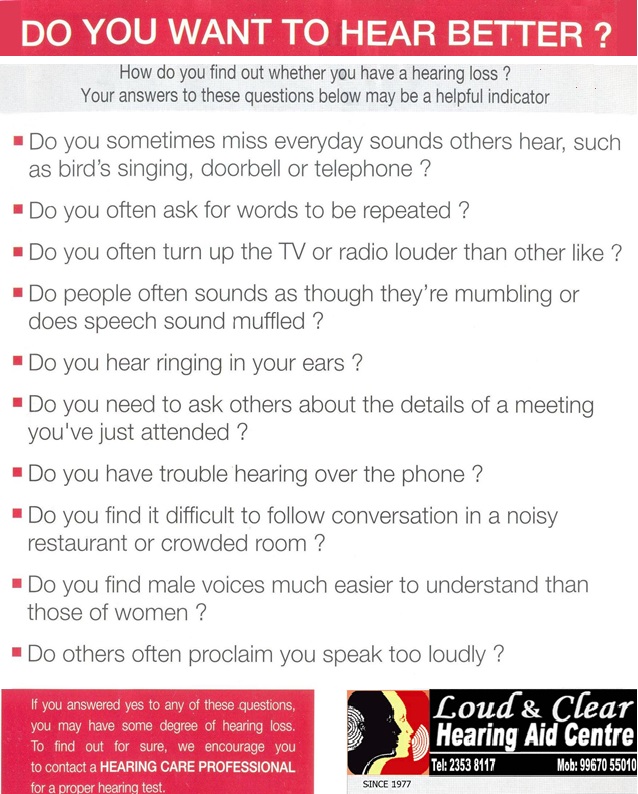

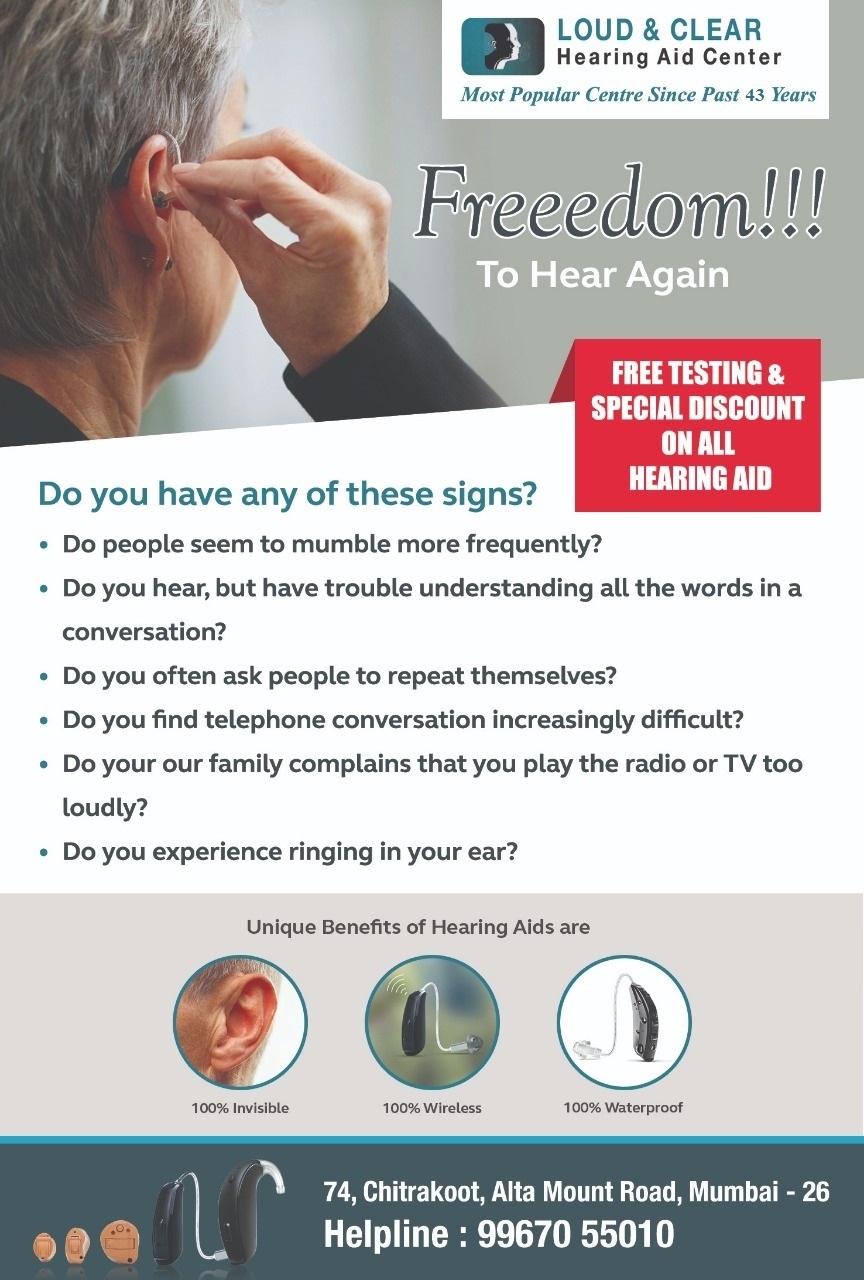
GETTING PREPARED TO USE HEARING AID FOR NOISE INDUCED HEARING LOSS
Noise is unwanted sound and in terms of our hearing, a loud noise is a sound that may cause hearing impairment. If the sensory cells in our inner ear are exposed to very loud sounds, they can be damaged or destroyed. As they cannot heal or regenerate, permanent hearing loss may result.
Our sense of hearing is an essential part of communication important for social well-being. While a few symptoms of hearing problems can be treated medically or surgically, hearing loss caused by exposure to harmful noise is best helped by hearing aids. The sophisticated amplification provided by today’s hearing aids can be a big help towards better hearing.
A hearing aid is an electronic assistive device consisting of a microphone, a receiver (i.e. loudspeaker) and an amplifier microchip powered by a tiny battery. Today’s hearing aids can be so small that they are virtually invisible in the ear canal, without compromise in quality of sound reproduction, which is transmitted, with the clarity of a CD recording.
Myths about hearing aids:
There is still a great deal of misunderstanding about using hearing aids. Many people still believe:
-
That hearing aids are big and clumsy
-
That the hearing aids are noisy and can create headaches
-
That they continuously whistle
-
Once you wear hearing aid, hearing loss increases and you cannot hear without it
-
That they are difficult to operate and maintain
Regrowth of Sensory Hair Cells in the Inner Ear – Rx (TREATMENT) Tinnitus
If they are successful in phase 2, many people with SNHL (sensoneural hearing loss) will soon see a light at the end of tunnel
Treatment is simply through injection in the middle ear
FX-322 is Frequency’s lead product candidate for the treatment of acquired SNHL, which impacts more than 40 million people in the U.S. and hundreds of millions of people globally. SNHL is the primary cause of more than 90 percent of all cases of hearing loss. FX-322 is designed to regenerate auditory sensory hair cells located in the cochlea within the inner ear and to potentially restore hearing in patients with SNHL.
Acquired SNHL results from damage to the hair cells in the inner ear that normally convert sound waves from the inner ear into signals that are sent to the brain. These auditory sensory hair cells may be lost due to chronic noise exposure, aging, certain viral infections or exposure to drugs that are toxic to the ear.
The Phase 2a study is a randomized, double blind, placebo-controlled, single- and repeat-dose study which enrolled 95 patients, aged 18 to 65, with stable SNHL. Patients in the study were randomized into four dose cohorts and hearing function is being regularly tested over the course of seven months following the first dosing. FX-322 Phase 2a study subjects are randomized to receive either FX-322 or placebo in one ear, with the untreated ear acting as an additional measure of control.
The objectives of the Phase 2a study are to further establish the hearing signal observed in the completed Phase 1/2 study, evaluate the impact of multiple doses and provide deeper insights on endpoints and the appropriate patient population for future studies. The study is using validated measures of hearing function including word recognition, words-in-noise and pure tone audiometry. Tinnitus and quality-of-life measures will also be evaluated using the Tinnitus Functional Index and the Hearing Handicap Inventory for Adults, respectively
Inspired by the research of MIT’s Bob Langer and Harvard’s Jeffrey Karp, Frequency is developing small molecule drugs designed to spark the regrowth of sensory hair cells in the inner ear, looking to restore hearing damaged by noise.
https://www.google.com/amp/s/seekingalpha.com/amp/news/3664704-frequency-therapeutics-fx-322-shows-positive-effect-in-hearing-loss
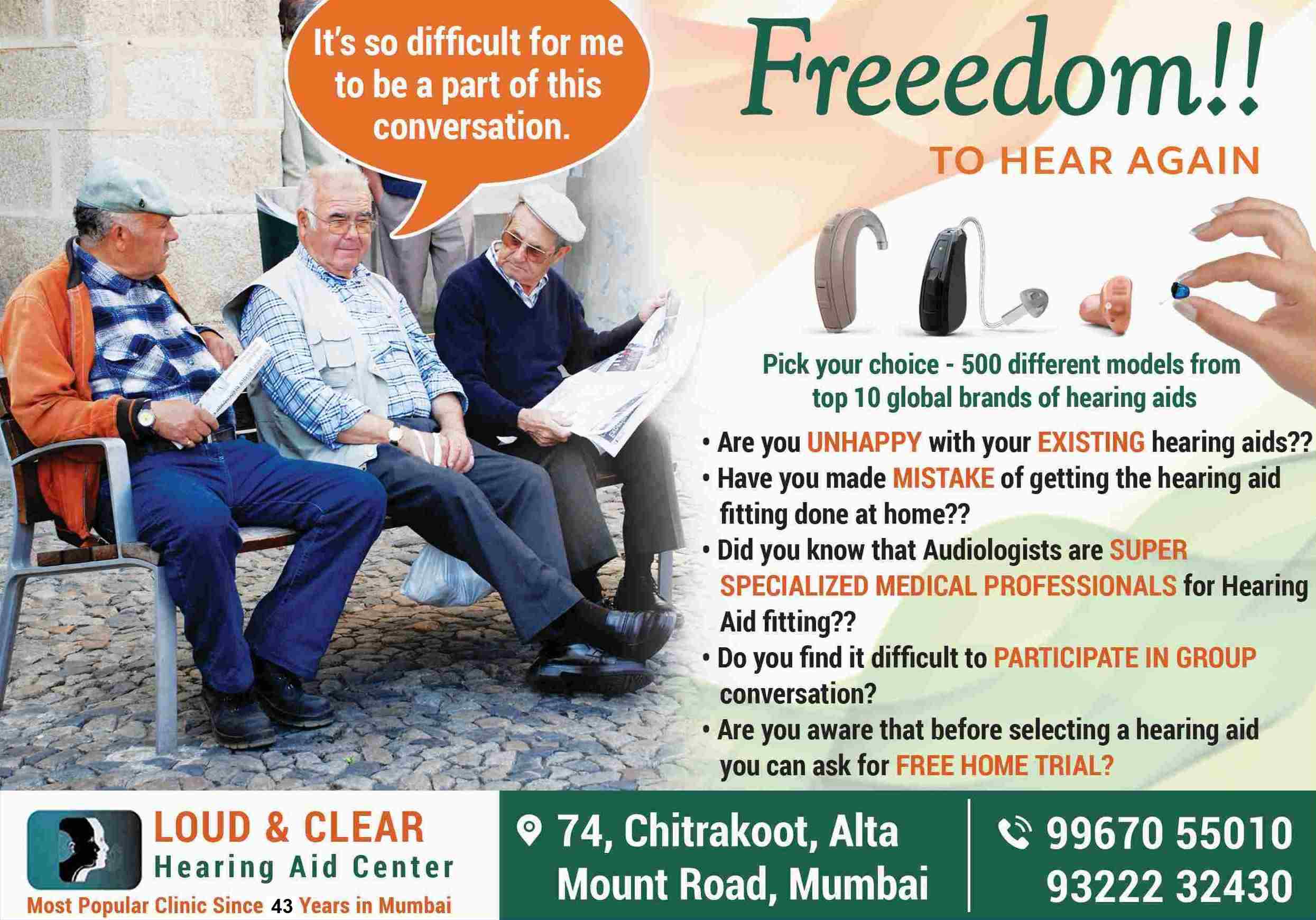

Article – What Is Digital Hearing Aid?
Analogue Hearing Aid users biggest complain about their hearing using the analogue hearing instrument/aid is that they need to turn the volume up and down all day long.
The digital technology has changed this by amplifying each frequency as per the customized need. That’s the reason why ‘Digital hearing aids’ have no volume control. It does not need one. Moreover, Digital hearing aids, automatically adjusts to changes in different listening environment – strengthening or softening amplification according to the individual needs of the user.
Unlike most hearing instruments, it automatically separates incoming sounds into low-, medium-, & high -pitched channels. These sounds are amplified differently, because your hearing ability differs according to the pitch, not just loudness, of the sounds you hear. Audiologists uses a computer to preset and program the Digitally Programmable hearing aid so it automatically adjusts to your unique loud and soft hearing comfort needs. The result is a pleasant, comfortable listening experience – all day long, wherever you are. Digital Hearing Aids are made in all the different cosmetic looks such as BTE, ITC,CIC, RIC models.
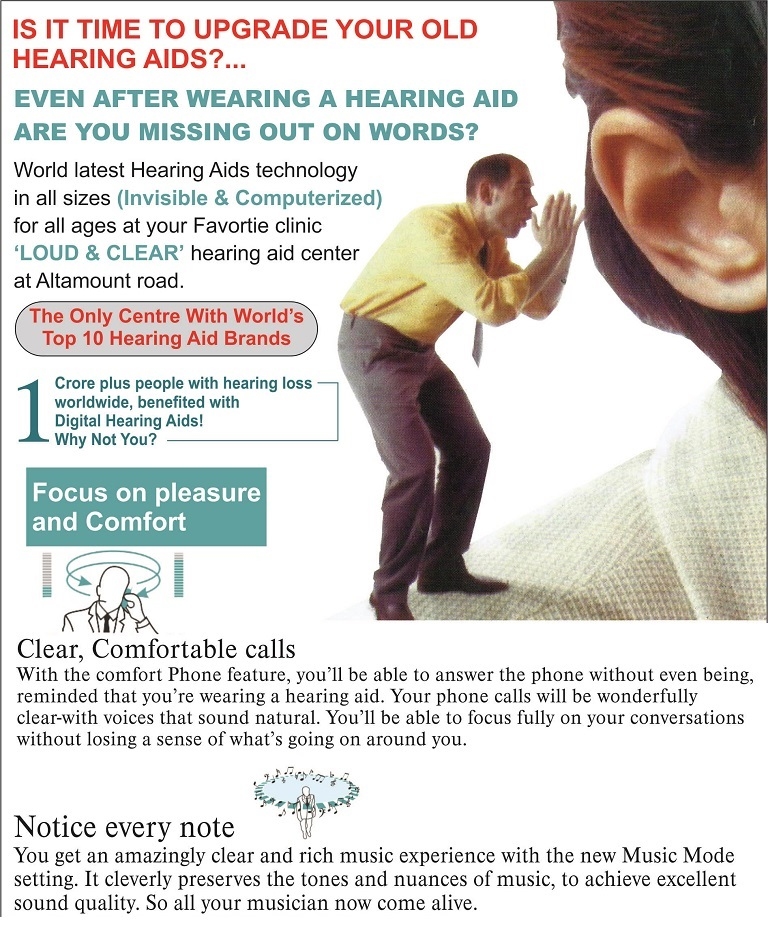

Article – Why should one choose a ‘Digital’ hearing aid?
Today, more of life’s activities depend on accurate understanding and communication, with more interference and distractions. Digital Hearing Instruments with increased sophistication provides you with a significantly more effective hearing solution.
Even better, digital Hearing Instruments unmatched flexibility lets us more precisely fine-tune its performance to complement your lifestyle needs and situations.
Learn to go for the best technology that you need, that you require and that you deserve. Digital hearing aids has wide range of models to choose from that can be extremely powerful, extremely small and extremely flexible to fit your requirements technically.
-
Analogue Hearing Aid users biggest complain about the hearing is that they need to turn the volume up and down all the time all day long. Instead, Digital hearing aids automatically adjusts to changes in listening environment – strengthening or softening the amplification as the need be. The ‘Digitally Programmable’ hearing aids have no volume control. It does not need one.
-
Unlike most hearing instruments, it automatically separates incoming sounds into low, medium & high pitched channels. These sounds are amplified differently, because your hearing ability differs according to the pitch, not just loudness of the sounds you hear.
-
Audiologists uses a computer to preset the Digital hearing aids such that it automatically adjusts to your unique loud and soft hearing comfort needs. The technology employed continually fine-tunes the sound volumes itself, without the need from the user to worry about it. The result is a pleasant, comfortable listening experience all day long, wherever you are.
-
The bluetooth technology can only be applied to digital hearing aids not to the analogue hearing aids. The accessories that aid to make listening with clarity possible for your favourite serial dialogues on TV, to be able to understand everyone in a group conversation, to control different memory programs and volume remotely – all that provides state of art listening comfort works on Blue Tooth technology.


Children and hearing :
Hearing is more than simply a part of the sensory apparatus; it plays an important role in forming the child’s personality and behavior. Hearing helps children to not only recognize voices, imitate sounds and develop language but also to pick up danger skills, communicate, develop social skills and orientate themselves. The ability to hear is vital to a child’s development. Hearing loss has nothing to do with intelligence-but if a hearing loss is not diagnosed and treated at an early stage, it can have a significant negative impact on a child’s development.
Often, the parents have more difficulty coping with their child’s hearing loss than the child does. Up to four out of every 1,000 babies are born with some degree of permanent loss causes ranging from birth traumas to hereditary conditions. Noise exposure and infection and fluid in the middle ear; during childhood are among the causes for acquired hearing loss. A child’s learning ability and behavior can be affected as a result of these hearing problems, especially during the first years of school. The sooner a child’s hearing loss is diagnosed and hearing aids are provided, the greater the chances of his leading a near normal childhood.
Which hearing aid models are suitable for children:
Hearing aids must fit precisely to a child’s ears in order to work properly. For young children the behind-the-ear (BTE) type of hearing aids are usually recommended because:
-
They are more robust
-
Easier to operate
-
Allow more effective daily removal of earwax
-
New earmoulds will need to be made as children grow and their ear canals change shape.
Latest Research from the University of Michigan, USA
July 2021
Older adults who get hearing aid for a newly diagnosed hearing loss have a lower risk of being diagnosed with dementia, depression or anxiety for the first time over the next three years, and a lower risk of suffering fall-related injuries, than those who leave their hearing loss uncorrected. A Study from the University of Michigan observes. Periodic screening for hearing loss are indicated for seniors
Contributed by our long term user of “Loud & Clear” dispensed hearing aids
Mrs. Rupal Anjaria
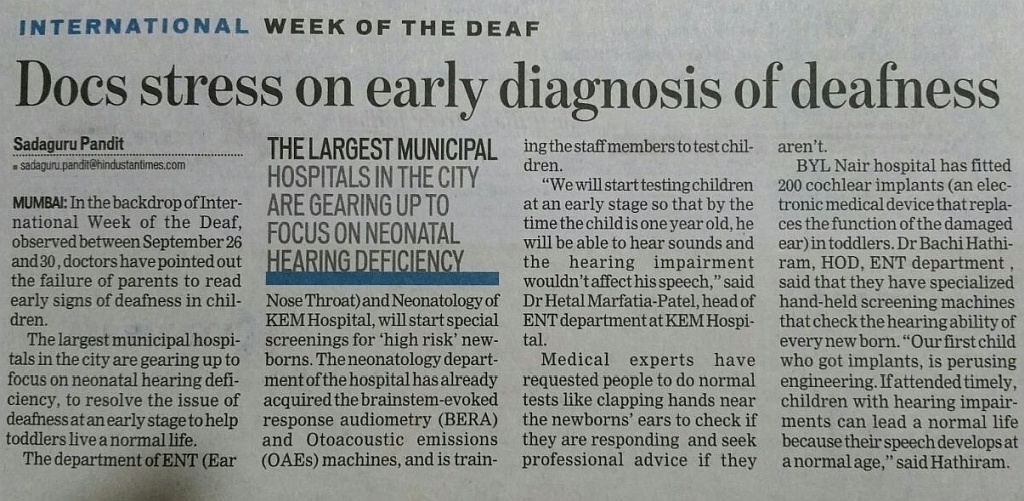
Loud & Clear Hearing Aid Centre
74, Chitrakoot, Altamount Rd,
Nr. Mukesh Ambani’s House,
Mumbai – 26. India
Email : shailavora@gmail.com


